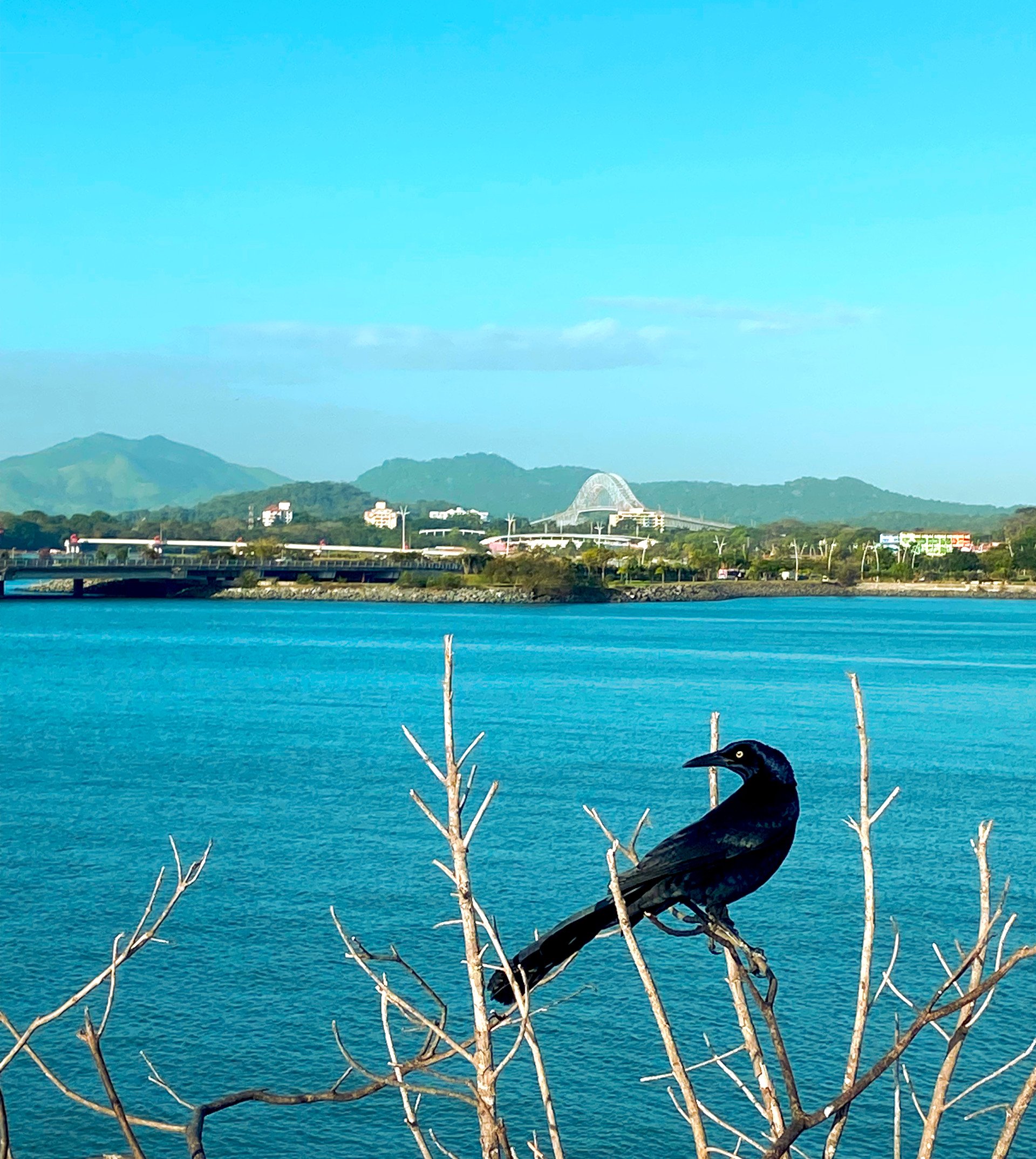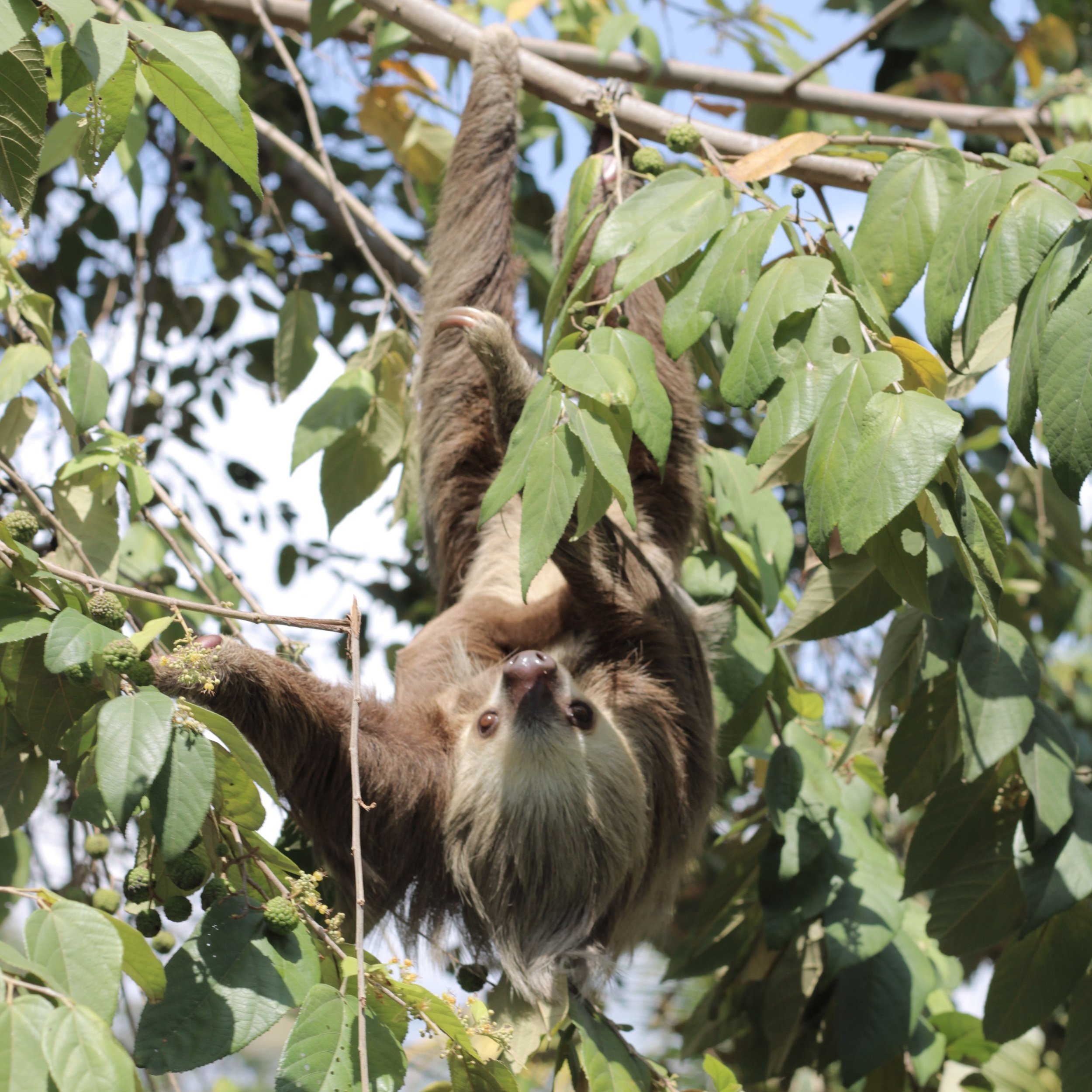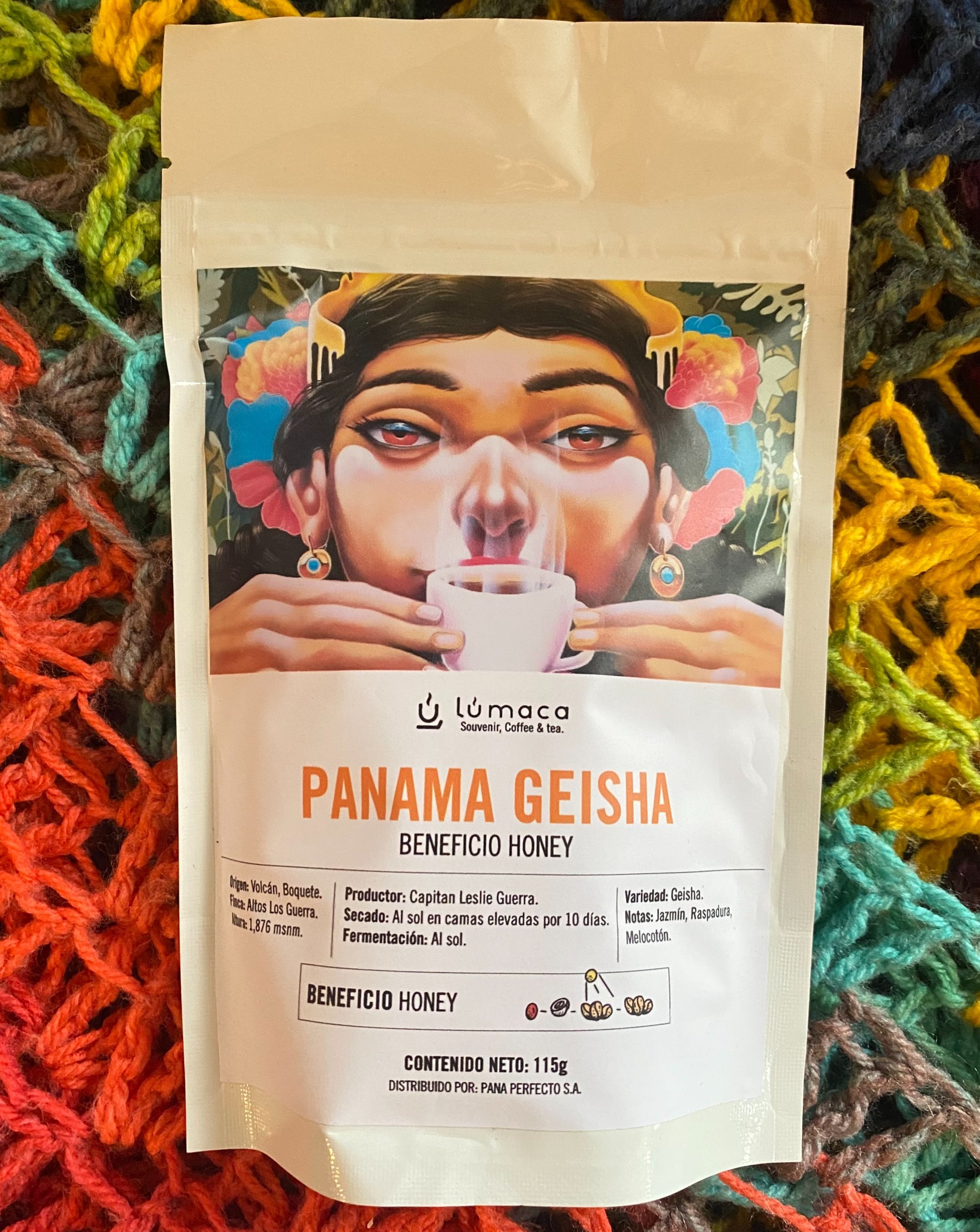Panama City, Panama
The city of Panama is accessible by land, sea, and air but you will probably be coming by air, and more specifically by plane. With that in mind, most trips are going to start at Tocumen International Airport (PTY). After landing you will need to process through customs and make the appropriate declarations and fill out some paperwork. Then you’re out, and need to have some transportation set up, because, like most airports, the airport is not near anything interesting.
Money
Panama uses a system that utilizes the local currency, the Balboa, and the US dollar interchangeably. The Balboa is linked in value to the dollar so the currency exchange is 1:1, and unnecessary if you have dollars. Currency exchange for other currencies is available at all the usual places: the airport, banks, and occasional money handling centers throughout the city.
While it is nice to have cash and you may need it further out into the countryside, everyone accepts credit cards in the city limits. Panama is a modern city with modern conveniences, so take your credit card (hopefully without foreign transaction fees) and don’t worry too much about having access to money.
Be advised that at this time the Discover network is not supported in the country of Panama.
How to Get Around
Depending on where you are you’re going to have options in Panama City. Taxis are ubiquitous, and there are city buses as well. There is a metro, but it does not reach everywhere and may or may not be worth looking into. Bikes are a great option because even when it rains it is generally very nice, warm and it never rains for very long.
Our mode of choice in Panama City was Uber. There were many drivers, it was on demand, we knew the price ahead of time and could plan our adventures a little easier. Taxis, whenever we checked on them, were always more expensive, so we eschewed their use and stuck to our Uber rides.
Where to Stay
Our accommodations included both hotels and Airbnbs and we were quite happy with both. We stayed just off the Pan-American Highway and had a view of the Cinta Costera and the Bay of Panama, for less than $130 a night. We were very pleased with the value we received for our money in our hotel experiences in Panama City.
Our Airbnb was located in Casco Viejo and we had another excellent stay, though different from hotel living as you may expect. Communication and amenities were as described here as in our other Airbnb stay in Panama (Bocas del Toro) and we really have no major complaints.
We suggest booking a hotel in Panama City or staying in Casco Viejo, whether that is at a hotel or making some other arrangement like Airbnb.
Where to Go and What to Do
Panama is well known for its canal, linking the Atlantic and Pacific oceans and saving untold miles and dollars for the shipping of all kinds of goods that flow throughout the world. The canal is what makes Panama prosperous, and though underrated, as important as it is. The canal accrues nearly 1 million visitors per year and although it is not the most exciting of tourist attractions it is quite a site to behold for its engineering and size.
There are several ways to view the Panama Canal, or rather pieces of it. The most comprehensive way is to take a tour of the entire thing, but this can take upwards of 11 hours ($250). Even a partial transit can take 6 hours ($180), so this may or may not be possible or desirable for people with a finite amount of time, and money.
A much cheaper and quicker option is to view the Miraflores Locks from the viewing center and museum in the city. At last check this cost $20 per person. The view is unobstructed and if you catch a ship coming through, you are in for a treat if you are into engineering or machines.
Another option is to go to the Bridge of the Americas, under which ships must pass to enter the locks from the Pacific side. Walking the Bridge is a bit daunting, as the traffic is fast, the sidewalk is small, the bridge is long, and in places there is no protection or the sidewalk is overgrown leaving nowhere to walk. At the western end of the Bridge there is a memorial to the Chinese people who worked on the canal and lived in Panama; while this memorial does not offer a great view of the canal as a whole, it is possible to see the entrance.
An activity not to be missed is a stroll along the Amador Causeway. The Causeway was created using backfill from the Panama Canal, and is roughly 3.5 miles (5.6 km) long. We rented bikes from Bicicletas Moses, located at the beginning of the Causeway, and we recommend them very highly. They helped us pick out two good bikes as well as helped size up our daughter, and were patient and kind throughout. The prices were reasonable and we enjoyed doing business with them.
Also near the beginning of the Causeway is the Biomuseo, the world famous and colorful museum of natural history. While the Biomuseo is a fantastic stop, we were actually more excited by the Punta Culebra Nature Center, a visitor center at the end of the Amador run by the Smithsonian Tropical Research Institute.
Here we were able to see many bones and fossils as well as more animated (living) examples of Panamanian natural life including pufferfish, sea stars, sloths, and lizards. The staff were well prepared and very kind and we had a blast. The most exciting thing we saw on our visit was a mother sloth and her baby, right at the entrance as we were leaving. While we saw several other sloths there, they were obscured disappointingly in the trees and being sloths, did not condescend to descend from the trees for a photo shoot.
The old town of any city draws us in, being the most storied part of the city and having accrued the most history. Casco Viejo is no exception and we are glad we decided to stay there. While the neighborhoods adjacent are not as vacation friendly we felt no danger and saw no crime in them, and in Casco Viejo we felt safe to walk even at night with our daughter. The old town has undergone renovations and gentrification in the last couple of decades and so has become very pleasant to stroll through, and filled with shops and cafes. Most of the small stores sell run-of-the-mill tourist paraphernalia but there are the occasional merchants with more original wares. There are also several small convenience store style places where you can buy everyday items and small food stuffs.
Supermercado Rey is the place to go for a more familiar supermarket feel; indeed, it is the only place to go within walking distance in Casco Viejo to get many of the items you may be looking for on a stay of more than a couple of days. We frequented the establishment several times and highly recommend it for all of your more close to home needs.
Where to Go In Casco Viejo
Benissimo is an excellent gelato shop and also serves coffee.
Casa Sucre is small and has a more homey feel and they have delicious Panamanian coffee and espresso.
Sisu Coffee Studio had the best coffee we have ever had, Geisha coffee, and we recommend it above all others. We snagged a bag of the delectable beans before we left the country and we observed prices between $20 and $85 for small half bags.
Lumaca. A great place to sit, enjoy coffee, and watch people walk the streets through the open doors. One of the best places to purchase Geisha beans without breaking the bank.
Marzola Parilla Argentina is a great restaurant with great food. You’ll know you’re in the right place if there are rotary phones at every table, even the ones on the ceiling, and there’s a Herculean slab of meat grilling at the entrance. If you don’t mind paying a little more, you’ll rarely have a better steak.
Geisha coffee, courtesy of Lumaca. Open to the busy street this unique sloth themed café had, in my opinion, Casco Viejo’s best latte. The best spot to duck into during one of Panama’s many mid-day rains and relax.










